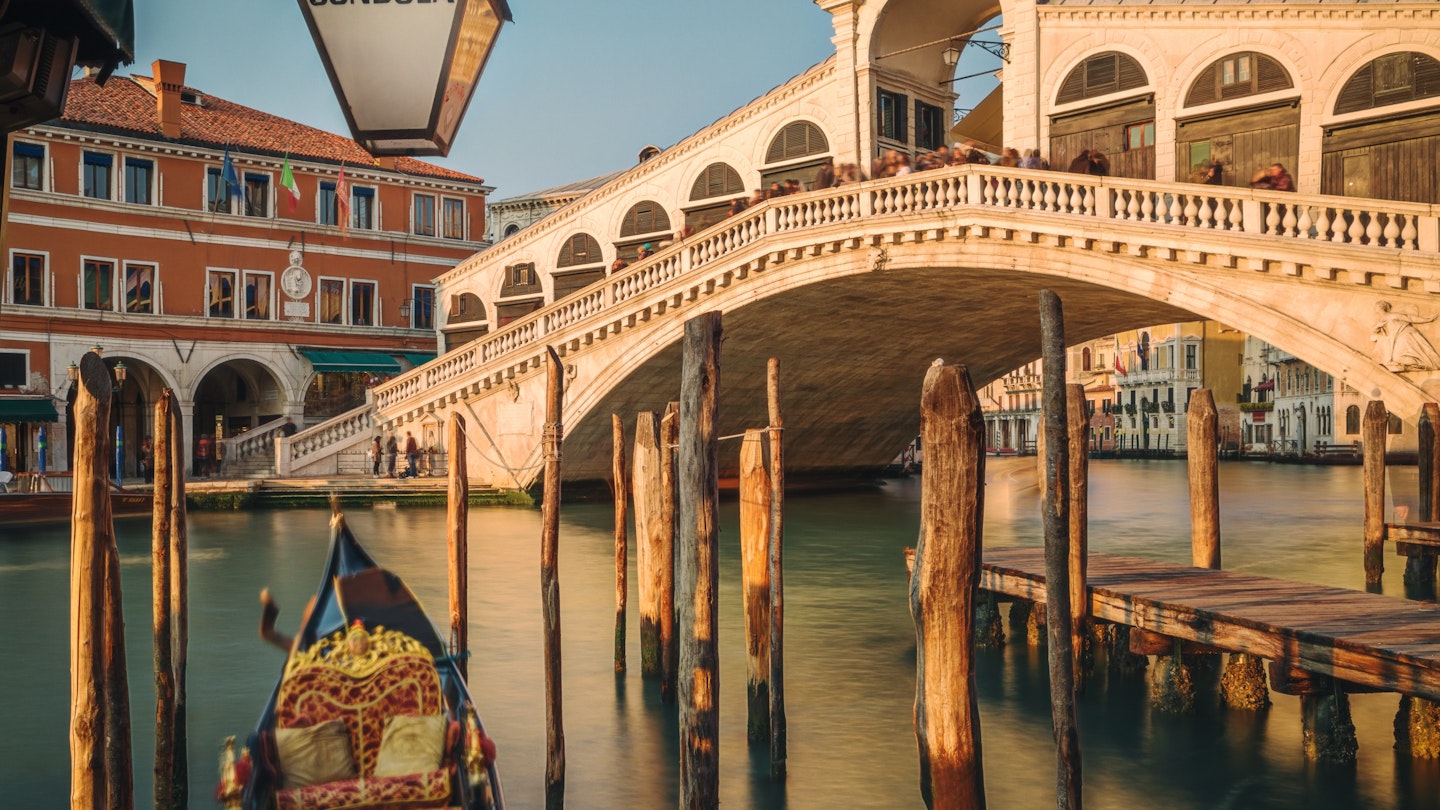Venice’s Game-Changing Accessibility Project
Under a new, game-changing plan, Venice’s best sites and public spaces will become more accessible to those who have difficulty climbing stairs and may use a cane or wheelchair.
New Access Ramps Approved
The city council recently approved plans to create five new access ramps in the historic center between Piazzale Roma (a square at the entrance of the city) and Piazza San Marco (St Mark’s Square). Francesca Zaccariotto, a city councillor for public works, noted the project “allows visitors to reach the city’s most frequented sites without relying totally on public transport along the Grand Canal” and creates a step-free experience through one of the city’s most scenic and popular routes.

Step-Free Access Route Details
The first ramp of the St Mark’s route will be installed at Ponte de la Croce, near Piazzale Roma. This part of the route will require users to take a vaporetto (water bus, free for wheelchair users) as it connects with the vaporetto stop of San Tomà—near significant sites such as San Giovanni Evangelista, the Church, and the Scuola Grande di San Rocco. Additionally, the Basilica dei Frari is also nearby.
Moreover, taking the vaporetto across the Grand Canal to San Samuele (just one stop away from San Tomà), the route will continue, providing step-free access through Santo Stefano and Sant’Angelo squares before arriving at Teatro La Fenice (Venice opera house), which is accessible through the new ramp installed on Ponte de La Piscina.

Expanding on Accessibility
Furthermore, the project plans to create an accessible itinerary from the Basilica di Santa Maria della Salute to the Punta della Dogana. Additionally, on Giudecca island, situated on the opposite side of the canal, an accessible route will also be developed with a new ramp on San Cosmo bridge.
Arturo Gaona, head of partnerships and supply for Wheel the World travel company, emphasizes, “Venice is a city that people can enjoy from the water but also on foot or wheels. However, it can become quite challenging for travelers with a disability as navigating the city requires knowledge of the right alleys, bridges, and vaporetto connections to avoid obstacles.”
Moreover, Gaona states, “The wheelchair-accessible route project will be a game changer not only for travelers but also for locals, and in combination with the already good accessibility of the vaporettos, Venice will become an example for other historic cities.”
Conclusion: A More Inclusive Venice
Venice consists of 121 islets linked by 435 bridges, many of which present barriers for individuals with mobility impairments, in addition to people with strollers, tourists carrying luggage, and cyclists. After years of discussions with various groups representing the needs of people with diverse abilities, the city council is addressing the issue head-on.
Councillor Zaccariotto highlighted that it will take approximately two to two-and-a-half years to complete the project, which is estimated to cost around $1.6 million. This timeframe accounts for several administrative phases, including calls for tenders, execution of works, and rigorous testing. Consequently, it will be the first time in the city’s history that it is truly wheelchair-accessible. Plans to enhance accessibility for individuals with visual impairments are also part of the initiative.
In addition, Gaona believes that Venice could further establish itself as one of the world’s most accessible cities by reviving the Gondolas4all project; a campaign initiated in 2016 by two gondoliers aimed at making the city’s iconic gondolas wheelchair-friendly, which unfortunately stalled due to lack of funding.





